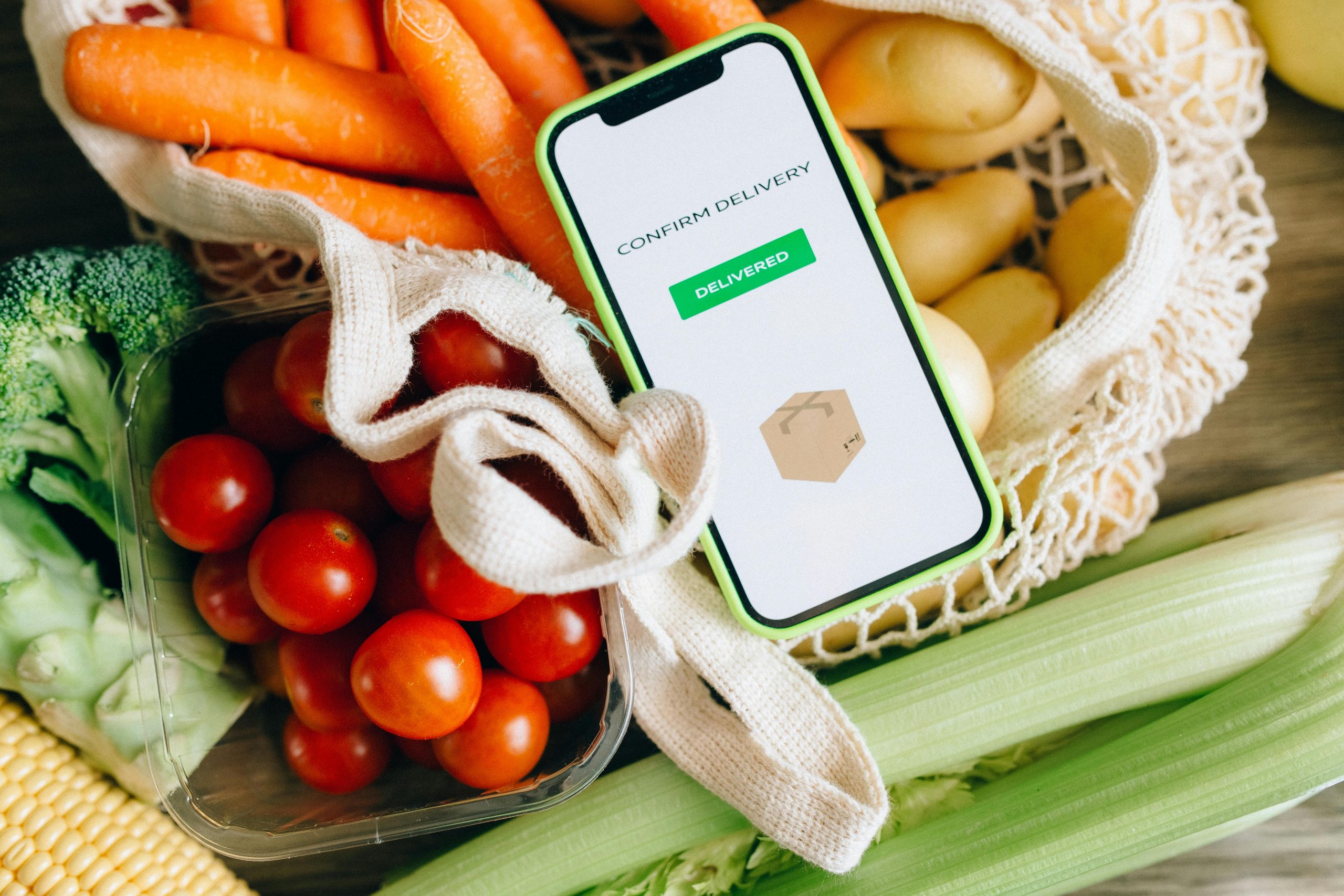Online grocery shopping offers incredible convenience, saving time and hassle compared to navigating crowded store aisles. With just a few clicks, your weekly groceries can be delivered to your doorstep or ready for pickup. However, this modern convenience might come with unintended consequences for your diet and healthy eating goals. While potentially helpful for planning, certain aspects of the online grocery experience can subtly encourage less healthy choices or make mindful eating more challenging than shopping in person.

Image Source: Pexels
Increased Exposure to Unhealthy Promotions
Physical stores strategically place tempting items, but online platforms have their powerful marketing tools integrated throughout the site. Homepages, search results, personalized recommendations, and checkout prompts often prominently feature unhealthy snacks, sugary drinks, and processed foods based on algorithms or paid placements. Unlike in a physical store, where you can sometimes physically avoid certain aisles, these online promotions are often unavoidable, constantly presenting tempting options that can easily lead to impulse buys.
Reduced Label Scrutiny
When browsing physical shelves, it’s relatively easy to quickly pick up different products, turn them over, and compare Nutrition Facts panels side-by-side. Scanning ingredient lists for unwanted items is straightforward. Online, this process can be more cumbersome. Viewing detailed nutritional information might require extra clicks to expand sections, and comparing multiple items simultaneously can be difficult on smaller screens or less intuitive interfaces. This added friction might lead shoppers to spend less time scrutinizing labels online.
Reliance on Past Purchase History

Image Source: Pexels
Many online grocery platforms conveniently save your past purchases, making reordering favorite items quick and easy. While efficient, this feature can inadvertently reinforce unhealthy dietary habits. If your previous orders frequently included processed snacks, sugary drinks, or high-fat treats, these items will constantly reappear in your “favorites” or “buy again” lists. This makes it incredibly easy to repurchase them without much conscious thought, hindering efforts to break unhealthy patterns or explore healthier alternatives.
Difficulty Judging Fresh Produce Quality
Selecting fresh fruits and vegetables often involves assessing ripeness, color, texture, and avoiding bruised or damaged items through hands-on inspection. This sensory evaluation is impossible when shopping online. You must rely entirely on the store’s designated “personal shopper” to select these perishable items for you. This leads to uncertainty about freshness and quality until the order arrives, potentially resulting in disappointment and discouraging future online purchases of healthy fruits and vegetables.
Impulse Buys Are Still Prevalent (Just Different)
While online shopping eliminates the temptations of candy bars at the physical checkout lane, it introduces new digital avenues for impulse buys. Targeted banner ads, enticing “frequently bought together” suggestions based on your cart contents, simple one-click additions, and pop-up promotions for snacks or desserts can trigger unplanned purchases just as effectively. The ease of adding items digitally without the immediate physical consequence of carrying them can lower purchasing inhibition for some shoppers.
Substitution Risks and Challenges
If an item you ordered is out of stock, the online grocer might substitute it with a product they deem similar. While substitutions aim for equivalence, they might not always align with your specific dietary needs, brand preferences, or health goals. A carefully chosen healthy item could potentially be replaced with a less healthy version containing more sugar, sodium, allergens, or unwanted ingredients. Carefully checking substitutions upon delivery or pickup is essential but adds an extra step.
Balancing Convenience with Mindfulness
Online grocery shopping offers undeniable benefits, particularly for saving time or overcoming mobility challenges. However, health-conscious consumers must be aware of its potential dietary pitfalls. The pervasive marketing of unhealthy items, reduced ease of label comparison, reinforcement of past habits, produce quality uncertainty, and new digital impulse triggers can make mindful eating more difficult. To counteract this, shoppers should actively utilize online tools like nutritional filters, consciously review past orders, build healthy shopping lists beforehand, and carefully check nutrition information and any substitutions. This ensures convenience doesn’t inadvertently compromise dietary quality.
Read More
Can Alcohol Ever Be ‘Healthy’? What Science and Society Can’t Agree On
Here’s What Your Relationship With Food Tells You About Your Trauma


